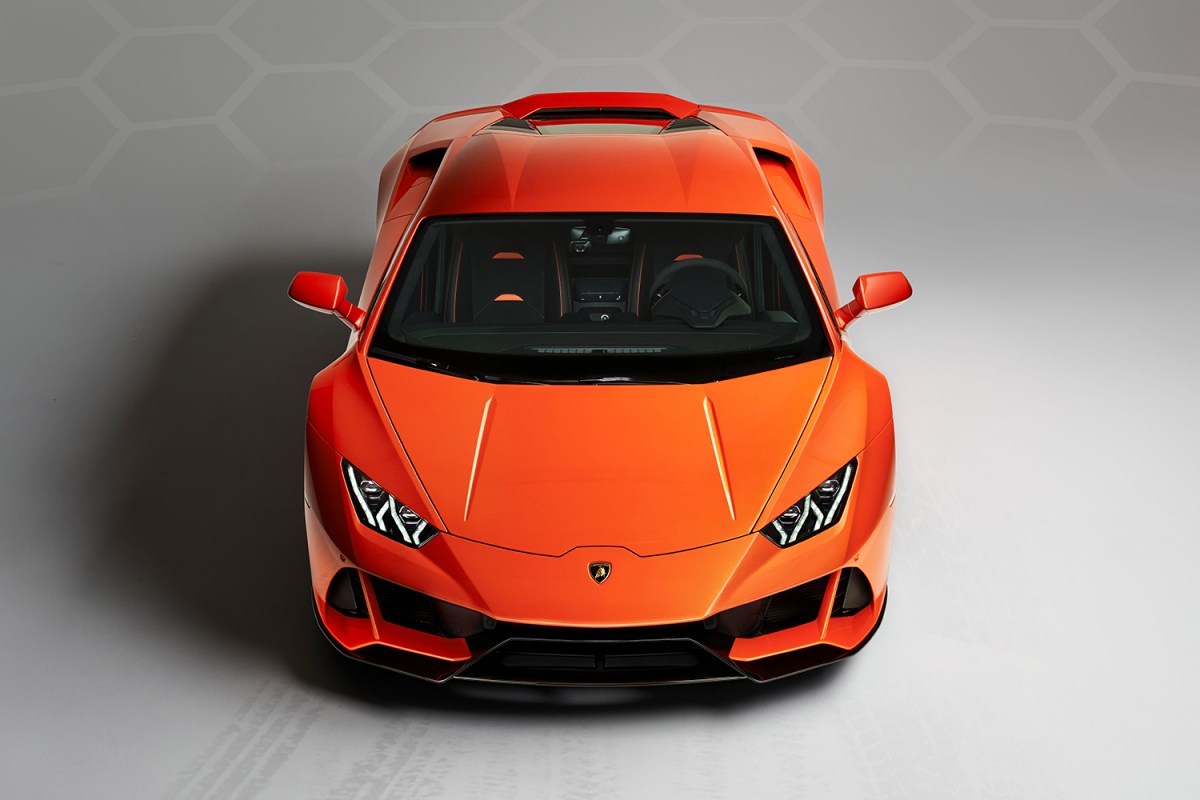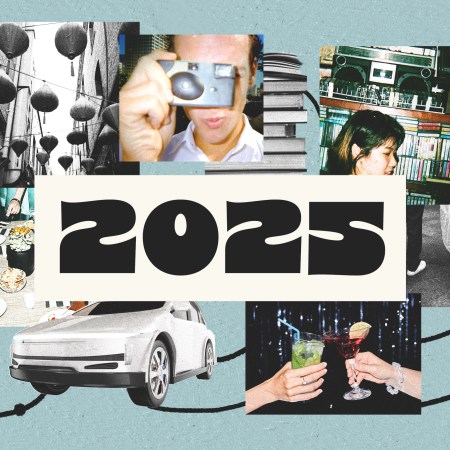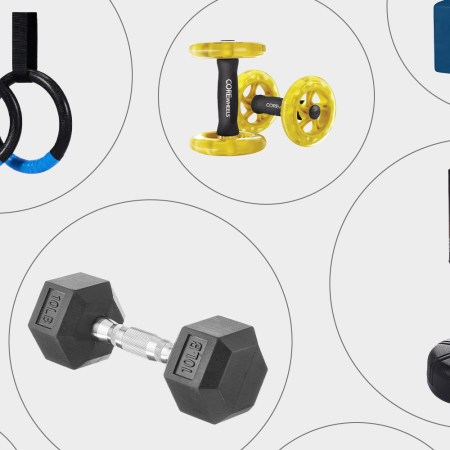Amazon.com changed how we buy things. Amazon Web Services changed how we use the internet. Amazon Alexa changed how we communicate in our own homes. Now, Jeff Bezos’s tech giant is poised to take over another facet of life: your car.
During this year’s Consumer Electronics Show, while other companies fool around with smart showerheads and thinly veiled Furbys, Amazon is making a slew of announcements that, more clearly than ever before, show the company’s plan to infiltrate the automotive industry.
What can Amazon possibly offer that the automotive industry can’t do itself? On the company’s official blog Day One, Amazon writes, “As the automotive industry evolves, new products and services will make it easier for automakers and suppliers to deliver a more convenient, more connected driving experience for their customers.” In other words, as the car industry becomes more reliant on the tech industry, and your daily driver becomes more like a smartphone than a Model T, Amazon intends to be the one calling the shots.
We’ve already seen this in small doses. Automakers from Ford to BMW already offer Alexa integration in some vehicles. Prime members can get packages delivered to their trunks. But at CES this year, some big developments made headlines, notably the highly anticipated (and Amazon funded) electric-truck startup Rivian and luxury automaker Lamborghini will both be integrating updated versions of Alexa Auto into certain models. That’s right, not even Lamborghini is safe from the grip of Amazon.
We really are extending ourselves more and more out in the ecosystem from manufacturing to connected car.
Jon Allen, Head of Professional Services at Amazon Web Services’ automotive practice
If you focus on the individual headlines, though, you’ll miss the bigger picture of what’s happening. At last year’s CES, when Amazon made a smaller but still significant push into the automotive space, Kerry Lebel, Head of Marketing for Alexa Auto, said in a company blog, “The ultimate goal is to help customers keep their hands on the wheel and their eyes on the road while still being entertained and productive while on the go.”
Of course, that was the consumer-facing goal. The real goal for Amazon can be read in between the lines of Jon Allen, Head of Professional Services at Amazon Web Services’ automotive practice, in an interview given to Reuters: “We really are extending ourselves more and more out in the ecosystem from manufacturing to connected car … The takeaway message on this is if you go to CES this year we really are taking it as a ‘One Amazon’ view.”
In other words, consumers trust Amazon, as evidenced by the Prime membership passing the 100 million mark in the U.S. around this time last year. Consumers also, for the most part, don’t know the extent to which Amazon is shaping the world around us. They see same-day shipping and unbeatable prices, not $10 billion military contracts. Now, Amazon wants you to trust them with your car, and equate that to fun things like activating seat heaters via your voice, not worrying about the prospect of a single company taking control of more and more aspects of your life.
If that sounds like an overreaction, let’s condense Amazon’s own CES announcement down: Echo Auto, which brings Alexa to older vehicles, is launching internationally. This year, Alexa will allow you to pay for fuel at all Exxon and Mobil gas stations. More and more auto companies are using Amazon Web Services “to fuel their digital transformation.” Cadillac and Amazon are showing off a new way to purchase cars. And they didn’t mention this directly, but don’t forget their direct vehicle investment, like the 100K Rivian delivery vans they ordered.
And that, it should be said, is just what they’re saying publicly. In a statement, Lamborghini said the Alexa integration in their Huracán Evo is only “the first step in a strategic collaboration with Amazon.”
Likewise, this is just the beginning of Amazon’s strategic collaboration with the car industry. If the company’s history is any indication, that collaboration may, sooner or later, turn into domination.
This article was featured in the InsideHook newsletter. Sign up now.


















